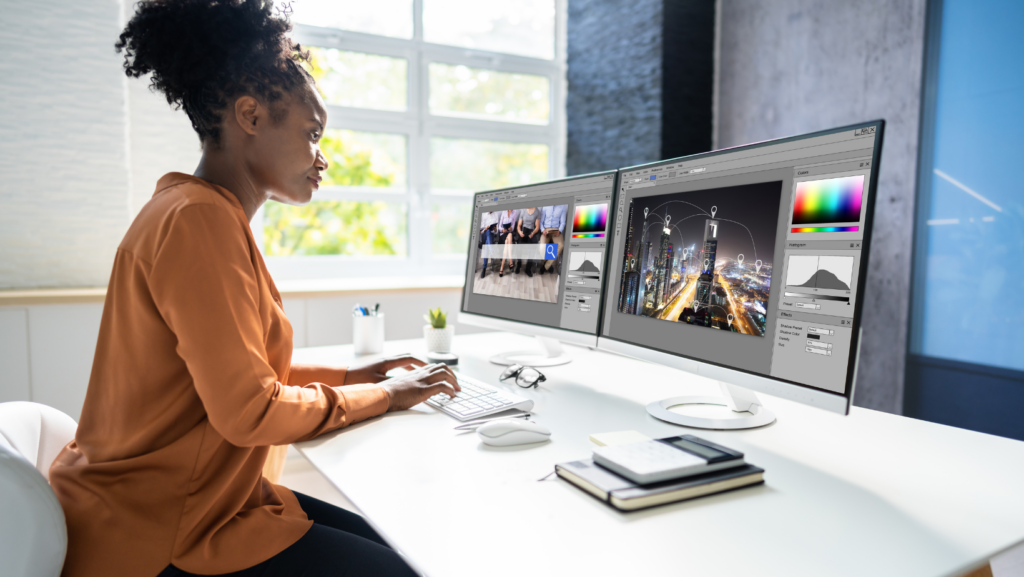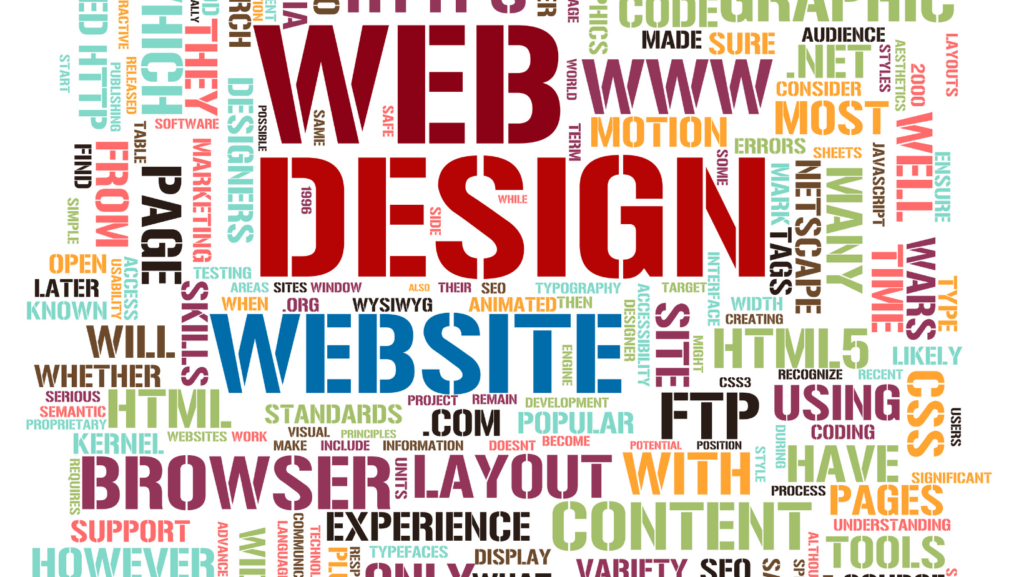In the digital age, the power of graphic and web design can’t be overstated. It’s the secret sauce that grabs attention, makes a lasting impression, and turns casual browsers into loyal customers. From the colors that catch your eye to the layout that guides your journey, every detail is a piece of a larger puzzle.
The worlds of graphic and web design are constantly evolving, shaped by technological advancements and the ever-changing tastes of the audience. This article will delve into the latest trends, techniques, and tools that are shaping the industry. Whether you’re a seasoned designer looking for inspiration, or a business owner wanting to understand the magic behind effective design, there’s something here for you.
Graphic and Web Design
Embedding the essence of graphic and web design, the principles bind form and function into a harmonious, engaging, and user-friendly experience. Let’s discuss these cardinal principles further, detailing the integral roles of visual elements in graphic design and usability considerations in web design.
Visual Elements in Graphic Design

In graphic design, the visual elements function as the building blocks of design. These elements include line, shape, color, texture, and typography.
Lines, the first element, mark boundaries and guide the eye. They offer division, structure, and can even evoke emotion. Examples abound from the clean, sleek lines in an Apple device advertisement to the chaotic, intersecting lines in a grunge rock band’s poster art.
Shapes, the second element, create a sense of stability or fluidity. Shapes can be found in logos, such as the iconic circles of the Pepsi logo or the unmistakably distinctive Apple silhouette, to name a few.
Color, the third element, induces mood and conveys a message. For instance, McDonald’s uses red and yellow, colors linked with happiness and hunger, while T-Mobile’s magenta stands for youthful audacity.
Usability Principles in Web Design

On the digital frontier of web design, usability principles determine whether a website sinks or swims. These principles are visibility, user control, consistency, clarity, and efficiency.
Visibility, the first principle, ensures that users have ample clues to navigate the website. Google’s minimalist homepage, with its conspicuous search bar, is a shining example of this principle.
User control, the second principle, provides users with freedom and flexibility. Tumblr’s customizable dashboards, for instance, are a testament to user control.
The third principle, consistency, guarantees users predictability and learnability. Facebook, with its consistent layout across various platforms, exemplifies this principle well.
Trends in Graphic and Web Design
Current Trends in 2023
2023 surfaced a series of exciting trends in both web and graphic design sectors. The emphasis pivoted decidedly towards user-friendly interfaces and captivating visuals that foster engagement and interactive experiences.
- Incorporation of 3D Elements: Web and graphic designs are actively embracing 3D elements, augmenting visual storytelling’s capabilities. Tools such as Adobe Dimension and Blender are instrumental in crafting immersive 3D designs.
- Data Visualization: Businesses are leveraging design to translate complex data into digestible visuals. Tools like Infogram and Tableau are pivotal in creating user-friendly data imagery.
- Dark Mode Design: Many websites and apps are adopting a dark theme alternative, posing fresh challenges and novel opportunities for designers.
- Voice User Interface (VUI) Design: As voice-controlled technology gains mainstream traction, websites are innovating design strategies to accommodate voice interactions.
Future Directions

Peering further into the future, three potential game-changers are anticipated in the graphic and web design panorama.
- Virtual Reality (VR) and Augmented Reality (AR) Integration: Integral for creating engaging and interactive experiences, VR and AR are piquing considerable interest in the design industry.
- Artificial Intelligence (AI) and Machine Learning (ML) in Design: These technologies are set to redefine design processes, automating routine tasks, and introducing smart design systems.
- Sustainability in Design: As climate change concern escalates, the focus on eco-friendly design strategies, such as low-energy web design, is expected to intensify significantly.
The Worlds of Graphic and Web Design
The journey of graphic and web design’s evolution is indeed fascinating. From the humble beginnings with basic tools, it’s now a dynamic realm powered by advanced software like Adobe Photoshop and Bootstrap. The current trends of user-friendly interfaces, 3D elements, and VUI design are truly transforming the digital landscape. Yet, it’s the future that holds the most promise.

